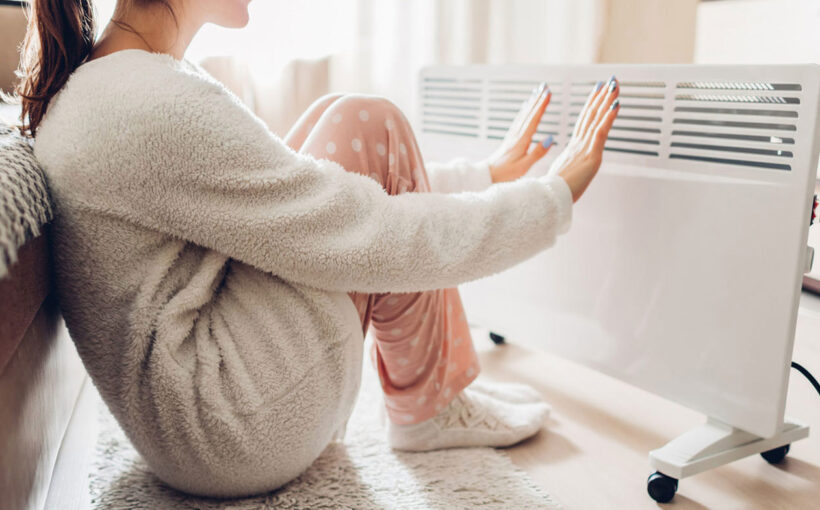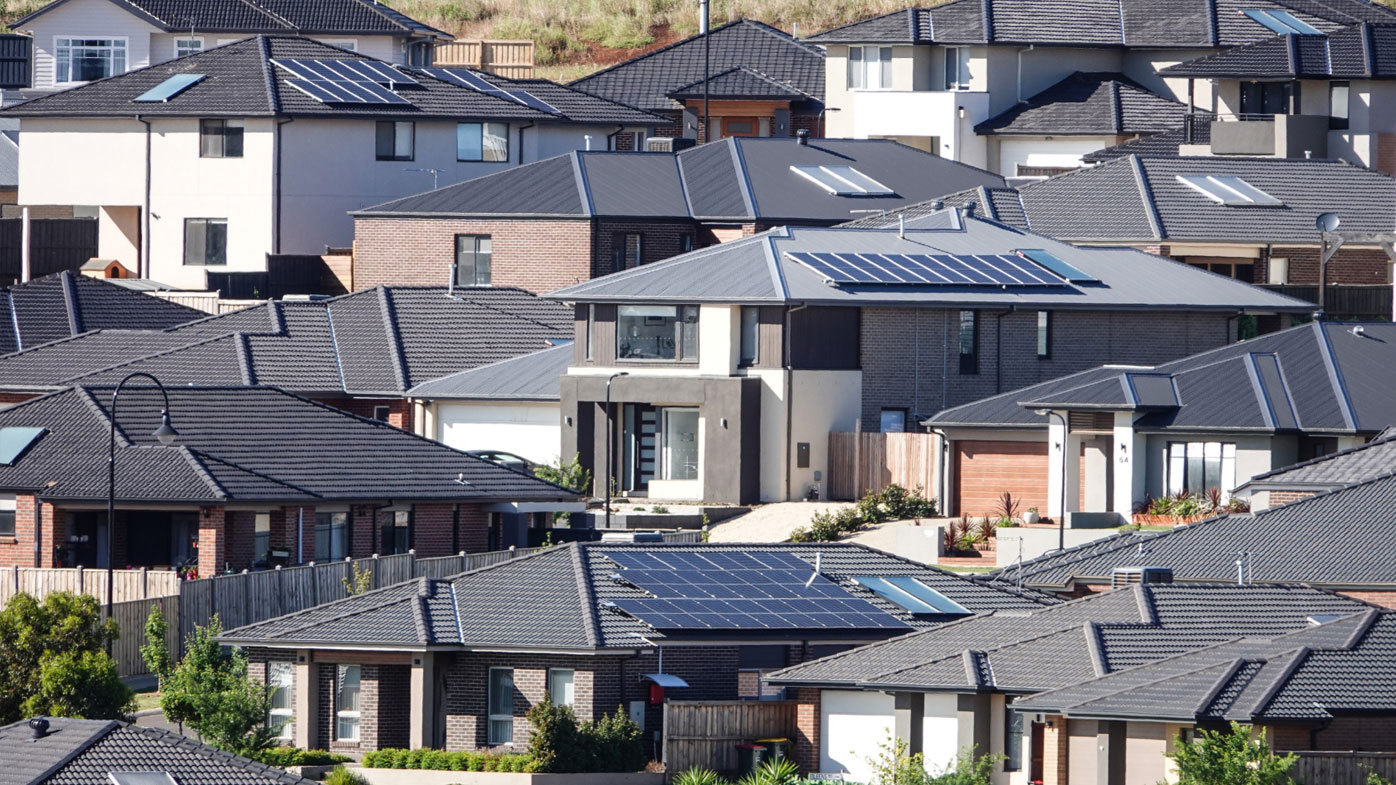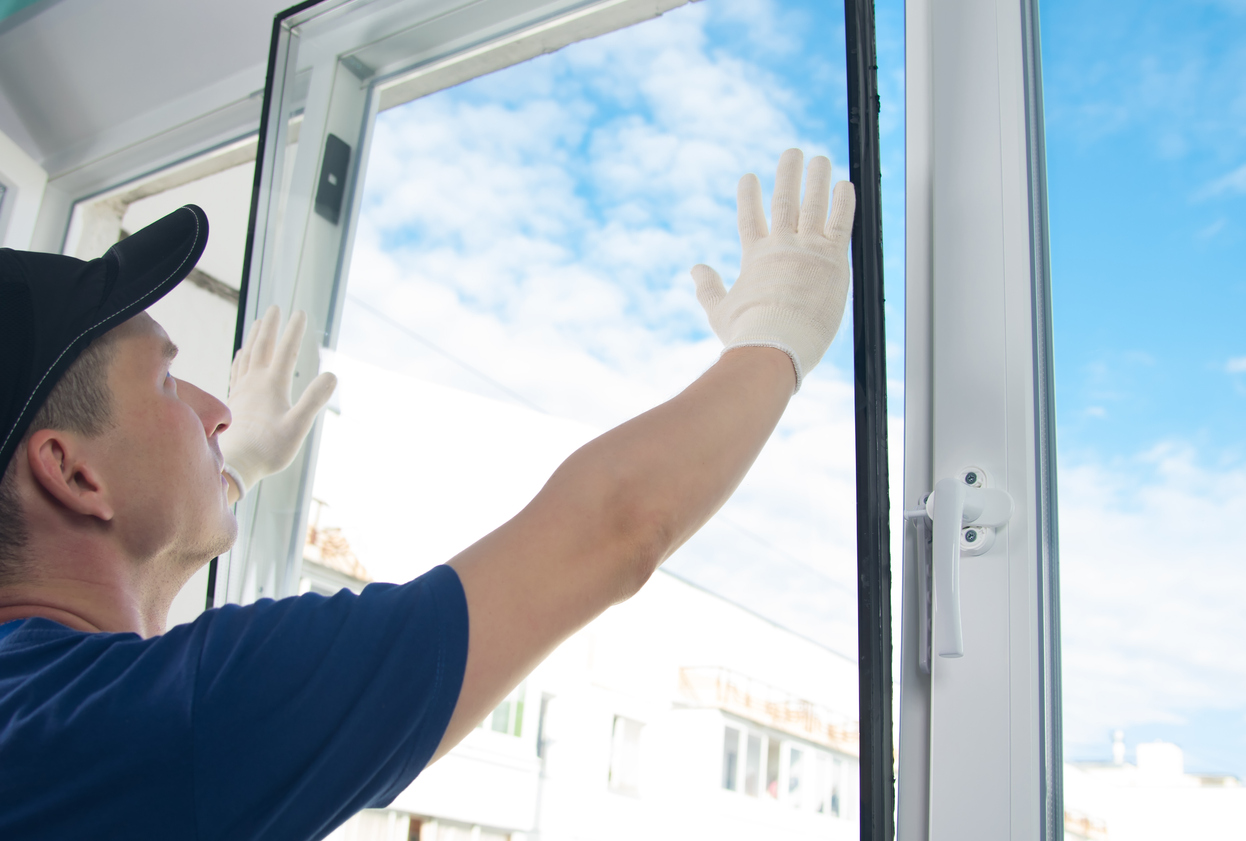A significant proportion of Australian homes are so inefficient to heat and cool that they are hurting our health, our household budgets, and our chance of reaching our net-zero by 2050 emissions target, a new report warns.
The report led by RMIT University found most of Australia’s 10 million existing homes have poor energy and thermal performance, particularly those built prior to the introduction of energy efficiency standards in 2003, and retrofitting them could be tricky and expensive.
According to lead author Professor Priya Rajagopalan, home buyers are usually more interested in the cost, aesthetics and location of a home, rather than how well it’s insulated or whether the windows are double-glazed, and it’s costing us.
“Heating and cooling represent up to 50 per cent of energy used,” Rajagopalan said.
“A poorly constructed building shell uses more energy to keep people warm or cool, which leads to an increase in carbon emissions and expensive power bills.”
Improvements may be costly initially but have a significant impact on a home’s thermal efficiency.
They include:
- Installing high-performance windows
- Sealing gaps around windows and doors
- Installing curtains and blinds
- Using ceiling fans
- Insulating ceilings, walls and floors
“We need to make sure the public know thermally efficient homes have significant health, wellbeing and social benefits, as they are not talked about enough,” Rajagopalan said.
More than 80 per cent of Australian homes fell below the World Health Organisation’s guideline of 18C on average for the whole of winter last year, according to research published earlier this year.
Rajagopalan wants to see government roll out an affordable thermal performance assessment program and streamline the process for homeowners wherever possible.
“If somebody wants to do installation of solar there is a lot of information out there”, she said.
“People will come to your home, give you a quote, give you advice on where to look for funding and if there are any finance options from state and federal governments and even apply on behalf of the householder.
“In retrofitting there is some information but the reliability and accuracy of the information varies and can be confusing for the household.”
In the last federal budget, the government allocated $1 billion to the Clean Energy Finance Corporation to provide low-cost loans to more than 110,000 homeowners to make energy efficiency upgrades.
The program is still in development.
Meanwhile, renters and those in social housing are at an even greater disadvantage.
Recently introduced minimum standards for rental homes in Victoria and the ACT, although a step in the right direction, are far from best practice in comparison to countries like France which has made it illegal to lease properties with the worst thermal performance.
“Effective policies that improve the thermal performance of over three million rental accommodations across Australia can contribute to easing the deepening housing crisis and help towards improving the quality of life of residents, majority of which are lower income population,” she said.
New homes may not necessarily be as energy efficient as you would assume either.
While new building standards specify a seven-star energy efficiency rating, some states have been slow to implement the regulations and no one is checking that the final build actually produces the thermal efficiency promised on paper, Rajagopalan warned.
“The designers rely on energy rating tools or software to make sure that the designs are energy efficient and meet the minimum standards but often what is designed in the software doesn’t translate into the real setting.
“It may be that the design specification may not be completely followed when the builders or the contractors are actually selecting the products and putting them together, and there could be small gaps within or around insulation, gaps around other wall penetrations and there could be air leakage due to unsealed doors and windows.
“And after the construct, nobody is actually doing a performance verification, and that’s the real issue for new builds.
“We need to make builders and trades responsible for their build.”
If we can find a way to improve the energy efficiency of our homes, our other home, Earth, will benefit too.
“If we just follow the business as usual, net-zero by 2050 is not going to happen and there should be an accelerated uptake with stringent policies for moving forward, targeting all aspects.”






